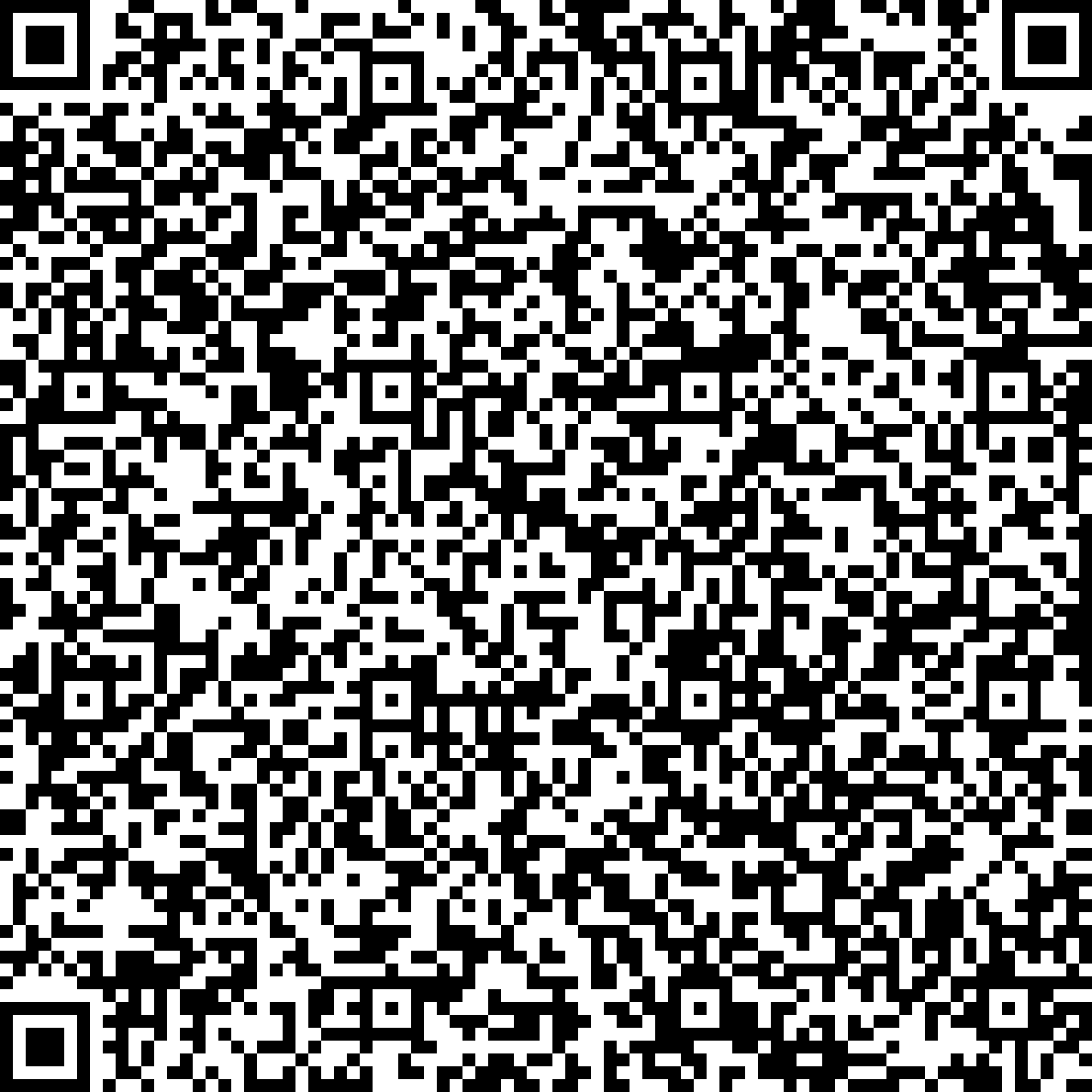


Magnetic anisotropy of quantum spins as found in magnetic atoms and single-molecule magnets has traditionally been considered an intrinsic effect, generated locally by the combination of spin-orbit coupling and ligand field effects. In this talk I will show that magnetic anisotropy can, however, appear in a new way, as a transport quantity, even in a very simple a spin-isotropic quantum dot supporting a spin-1 which is exposed to the influence of magnetic electrodes. Much like spin-polarization transport, spin-anisotropy transport has two main aspects:



Magnetic anisotropy of quantum spins as found in magnetic atoms and single-molecule magnets has traditionally been considered an intrinsic effect, generated locally by the combination of spin-orbit coupling and ligand field effects. In this talk I will show that magnetic anisotropy can, however, appear in a new way, as a transport quantity, even in a very simple a spin-isotropic quantum dot supporting a spin-1 which is exposed to the influence of magnetic electrodes. Much like spin-polarization transport, spin-anisotropy transport has two main aspects: